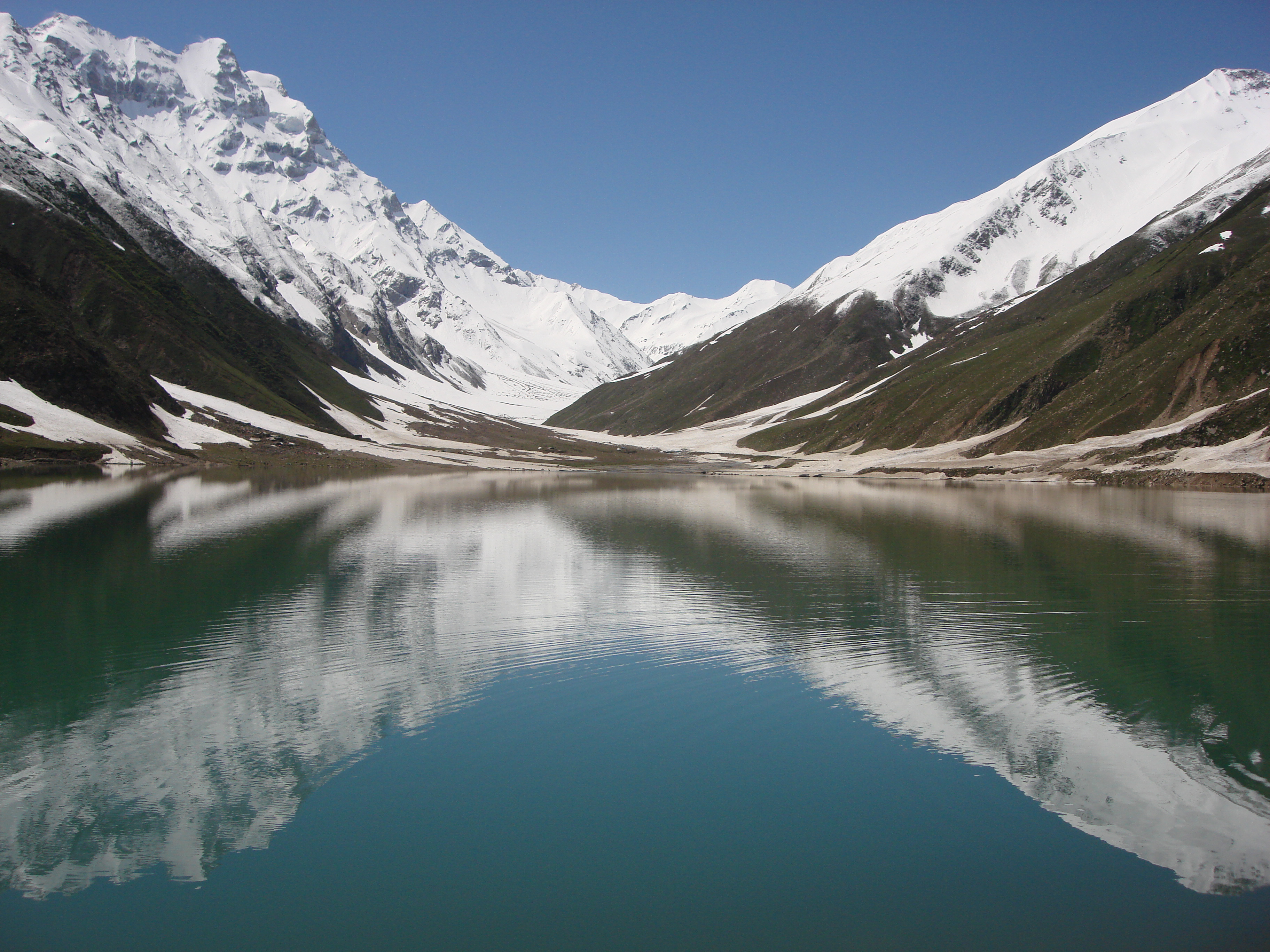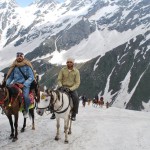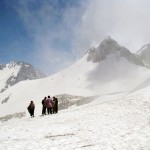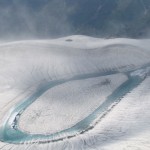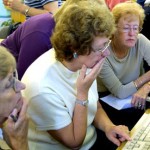
Many people suppose, incorrectly, that old people can’t understand leave alone make use of new technology. This is something that comes up numerous times in a day considering the technology plagues society we know today.
Despite the fact that there possibly will be a few physical limitations that make it a little difficult to teach them old tricks as the saying goes. However it would be wrong to assume that they are too significant given that there are a considerable number of older, tech savvy people as well that are out there.
Most technical support personnel would happily declare old people have a propensity to be terrible at learning new technology only because they believe so strongly that they’re supposed to be bad at learning new technology. That’s all there is to it. Take any young person and take a considerably elderly person and put them in a situation with new technology. Lets assume this new technology to be something as simple as the CLI service many telephone sets have inbuilt now. My mother knows the button that shows the number and she can read those numbers CLI lets her access as well. However my patience and perseverance beat her not my age, I used the trial and error method and I know how I can call back the numbers being shown, and how I can see the time of the call. As a result, here is what can be assumed safely: whether you’re 17 or 70, you can learn to deal with new technology. It’s just a matter of believing you can do it and then the little matter of putting in the time and effort.
There is an obvious divergence between older generations’ application of technology and younger generations’ use of technology. As my mother and even my father made great effort to use our new GPS, I speculated constantly just why they couldn’t deal with it as well as I could. Part of the reason, my reflection helped me understand, is that I grew up playing with technology. Technology was my toy; it was part of my learning experiences. Instead of alienating it from my daily life I messed around with it till I mastered it. Perhaps my parents are afraid of doing something wrong with the technology. The elderly never seem to engage in recreation with the technology, and thus hinder their learning its use expertly.
An eighteen year old whenever he encounters an unusual piece of technology he is not familiar with, presses buttons at lightning pace, getting results quick, faster than any old can even keep record of, more often than not. He’s without doubt not anxious of making an inaccurate move. It is rare that he messes up technology beyond repair mostly his tampering with technology leads to problems more of his messing just fixes.
Unquestioning trust in technology, as most younger people show, is a vital and significant part in improving and humanizing one’s on the whole skill and proficiency with technology. One has to trust and have faith with conviction that their workstation PC or laptop isn’t going to blow up at the smallest amount of wrong handling or a few wrong clicks. Or still simpler, that their programs won’t by mistake erase data and score through information if they enter the wrong command or cross a certain threshold of experimentation. Every one who has ever come in contact with technology or has access of any sort to any technology knows any thing can go wrong at any time because of something you did or not.
These are just general speculations in regard to the resistance most elderly people demonstrate towards technology. However it is possible that there are many younger users of technology whom find themselves as inept with technology as their elder counterparts. The only reason they don’t come under notice is there are so many well versed users which conveniently overshadow the ones that are otherwise.
While technology is not a best friend many elderly want to associate with, technology is still doing a great job of looking after technology. This is less so evident in Pakistan because of either awareness or because of rigidity in sticking to the fundamentalism that life is better lived staying wary of changes. Increasing technology is being developed particularly fitting for elderly people, and this is no straightforward task but an important one. As the percentage of elderly people in the developed world continues to rise technology is being made keeping in mind the target to convert it into an aide.
Technology could help the elderly to administer their own tasks independently by themselves. Elderly people frequently have little or no experience of using high-tech products and so the test to live up is to develop technology which meets their needs while being also easy to use. Some of such projects aim to at being of assistance in walking which offers additional physical sustenance than those available currently on the market. There are many such technology advances that are being introduced to make life easier for the elderly. However this development can only be justified when elderly welcome it as a good change, instead of habitually continuing whining about how life was easier without technology. Life was never without technology, the technology then was their playing are, and just as technology today is the toy of youth of today.
Take the well-known quote from Groucho Marx: “A child of five would understand this. Somebody fetch a child a five.”
To conclude this series of speculations on what is it about age that makes people lose touch and the desire to understand modern technology. It’s not like children immediately learn to make use of the technology of their period and era, and then lose this ability to deal with technology as they grow older. Younger people manage to keep up to date with advances in technology, while elder people even the middle age people are left fumbling with their dinosaurs on the curb. And then, that youth grows up and they start to fiddle with dinosaurs while their children send each other text messages making fun of their parent’s being silly with technology. While their parents are desperately driven to the point of secretly sneaking a peak at manuals, like manuals were not made for the purpose of teaching.
Well here is to hoping we can age gracefully, confident with technology even then.

